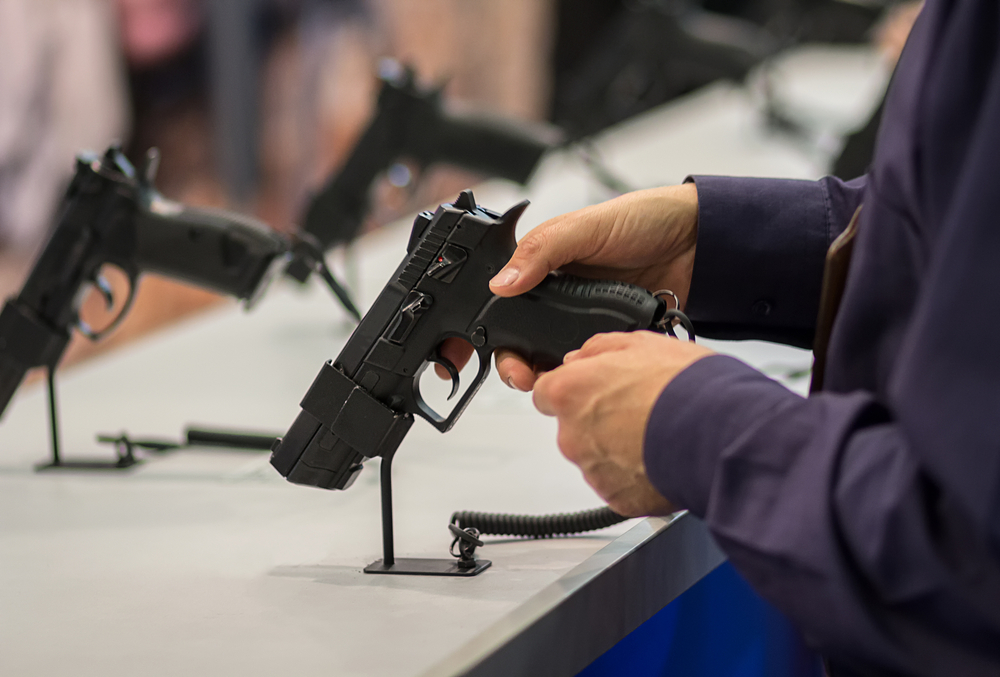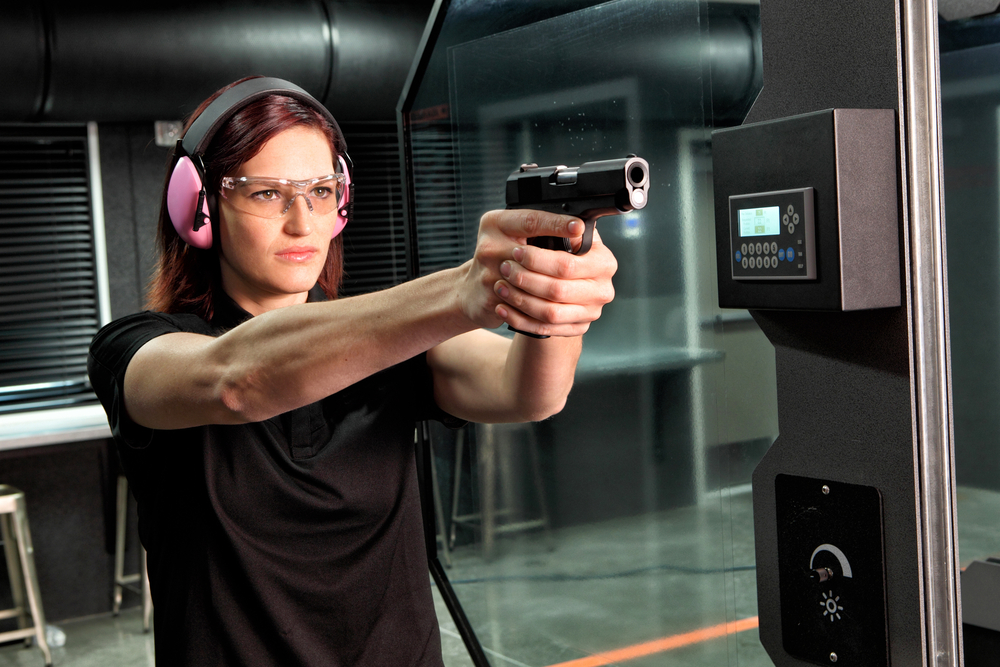Why Do Places of Worship Need a Use of Force Policy?
In recent years, places of worship have sadly become targets for acts of violence and aggression. These incidents have prompted the need for religious institutions to develop comprehensive security measures to ensure the safety and well-being of their congregations. One essential component of such security measures is the establishment of a use of force policy. In this article, we will explore the reasons why places of worship need a use of force policy, the different options available to them, and the key considerations that should be taken into account when formulating such a policy.
Incidents of Violence in the Church
Tragically, there have been several high-profile incidents of violence in churches that have highlighted the urgent need for enhanced security measures. One such incident occurred on November 5th, 2017, when a gunman opened fire at the First Baptist Church in Sutherland Springs, Texas, resulting in the loss of 26 lives. This devastating event served as a wake-up call for religious institutions across the country, prompting them to reevaluate their security protocols.
Unfortunately, incidents like these are not isolated occurrences. Historically, there have been two to three fatal church shooting incidents in the United States annually. In addition to shootings, churches also face other security threats such as arson, theft, and burglary. These incidents put the staff, church members, and visitors at risk, compelling religious institutions to take proactive measures to protect their congregations.
Theological and Philosophical Considerations
When addressing the need for a use of force policy in places of worship, there are theological and philosophical factors to consider. Some religious denominations and individuals believe that the taking of a life is always wrong, regardless of the circumstances. From a doctrinal standpoint, these groups advocate for non-violence, love, and peaceful resolution of conflicts. For them, allowing weapons on church property goes against their core beliefs.
On the other hand, there are those who argue that religious institutions have a responsibility to protect their members and ensure their safety. They believe that in certain situations, the use of force may be necessary to neutralize a threat and prevent harm to innocent individuals. This perspective emphasizes the importance of self-defense and protecting the lives of congregation members.
Options for Addressing Security Needs
When it comes to addressing the security needs of places of worship, there are several options to consider. Each option has its advantages and disadvantages, and religious institutions must carefully evaluate their specific circumstances and values before deciding on the most appropriate approach.
Option #1: Never Allow Guns on Church Property
One option is to establish a policy that strictly prohibits the presence of firearms on church property. This approach aligns with the beliefs of those who advocate for non-violence and peace. It ensures that the church remains a sanctuary where individuals can seek solace and spiritual guidance without the presence of weapons.
From a practical standpoint, disallowing guns on church premises helps mitigate the potential risks associated with firearms. It reduces the likelihood of accidents, unintentional injuries to innocent bystanders, excessive use of force, and confusion during emergency situations when law enforcement arrives. However, this option also raises concerns about the increased vulnerability of congregants until law enforcement can respond to a violent incident.
Option #2: Allow Individuals to Carry Weapons
In states where the law permits it, churches may choose to allow individuals with proper permits to carry concealed weapons on church property. This option empowers members of the congregation to protect themselves and others in case of an emergency. It provides a sense of personal security and control in uncertain situations.
However, allowing individuals to carry weapons on church property comes with its own set of challenges. Without established policies, procedures, and guidelines, the church has limited control over how individuals use force. In the absence of training and clear protocols, there is a risk of improper or excessive use of force, potentially causing harm to innocent individuals.
Option #3: Hire Trained Professionals
Some churches opt to hire trained security personnel, such as professional security agencies or off-duty law enforcement officers, to ensure the safety of their congregations. This option shifts the liability away from the church and onto external security professionals who are experienced in crisis intervention, de-escalation techniques, and non-lethal tactics.
The advantage of hiring trained professionals is that they have the necessary expertise to respond effectively to potential threats. They undergo rigorous training and are equipped with the skills needed to handle security incidents. However, this option can be costly, especially for churches with limited financial resources. It is also important to consider the alignment of the hired personnel with the values and mission of the church.
Option #4: Establish an In-House Volunteer Security Team
With the increasing number of individuals holding concealed carry permits, many churches are forming in-house volunteer security teams. These teams consist of church members who undergo training and are designated to provide security during services and events. This approach allows the church leadership to establish policies and procedures that align with their values and beliefs.
Forming an in-house volunteer security team requires careful consideration and planning. The church assumes additional liability as team members act on behalf of the church, under the church’s direction and control. Therefore, it is crucial to ensure that team members receive sufficient training and adhere to well-defined policies. Negligent selection and inadequate training could expose the church to liability.
Key Considerations for Developing a Use of Force Policy
Regardless of the option chosen, there are key considerations that religious institutions should address when formulating a use of force policy. These considerations help ensure the policy is comprehensive, effective, and aligned with the values and mission of the church. Some of these key considerations include:
Church Doctrinal Stance on Emergency Preparedness
The policy should take into account the church’s doctrinal stance on emergency preparedness. This includes defining the church’s theological beliefs regarding the use of force and its responsibility to protect its members.
Guiding Verses and Value Statements
Incorporating relevant biblical verses and value statements into the policy can help provide a theological foundation for the church’s approach to security. These statements can emphasize the importance of love, peace, and the preservation of life.
Physical Contact and Use of Force Policies
The use of force policy should clearly outline guidelines on physical contact and the use of force. It should specify the circumstances under which force may be used, the types of force that are permissible, and the principles of proportionality and de-escalation.
Team Member Requirements and Training
The policy should establish requirements for team members, including background checks, training, and ongoing education. It should outline the team members’ scope of authority, responsibilities, physical qualifications, and schedule requirements.
Safeguarding Offerings and Patrolling Premises
The policy should address measures to safeguard offerings and ensure the security of the premises. This may include patrolling parking lots and hallways, monitoring entrances, and identifying potential threatening behaviors.
Severe Weather and Medical Emergency Procedures
The policy should outline procedures for handling severe weather events and medical emergencies. It should provide guidance on evacuation procedures, communication protocols, and coordination with emergency services.
Communication and Engagement with First Responders
Establishing effective communication procedures with first responders, such as law enforcement and fire agencies, is essential. This may involve inviting them to visit the church, familiarizing them with the layout, and building relationships to facilitate a coordinated response during emergencies.
Crafting an Emergency Response Plan
To develop a comprehensive use of force policy, religious institutions should craft an emergency response plan. This plan should encompass all aspects of security, including but not limited to the use of force. Some key points to address in the emergency response plan include:
Church Doctrinal Stance on Emergency Preparedness
The plan should articulate the church’s doctrinal stance on emergency preparedness and its commitment to the safety and well-being of its congregation.
Guiding Verses and Value Statements
Incorporating relevant guiding verses and value statements can provide a strong foundation for the emergency response plan. These statements should reflect the church’s commitment to love, peace, and the protection of its members.
Use of Force Policy and Training
The emergency response plan should outline the use of force policy and the training required for team members. It should specify the principles of proportionality, de-escalation, and the use of force as a last resort.
Communication and Coordination
The plan should establish clear communication protocols and coordination procedures with first responders. It should include contact information, emergency numbers, and guidelines for communicating with dispatch.
Regular Training and Documentation
To ensure the effectiveness of the emergency response plan, regular training is essential. The plan should include provisions for ongoing training, documentation of training sessions, and the demonstration of competency by team members.
Conclusion
In an increasingly uncertain world, the need for security measures in places of worship has become paramount. Establishing a use of force policy is a crucial step in ensuring the safety and well-being of congregations. By considering the theological, philosophical, and practical aspects of security, religious institutions can develop comprehensive policies that align with their values and provide a sense of security for their members. It is important to remember that the goal is not only to protect lives but also to demonstrate love, compassion, and a commitment to the well-being of the entire community.








